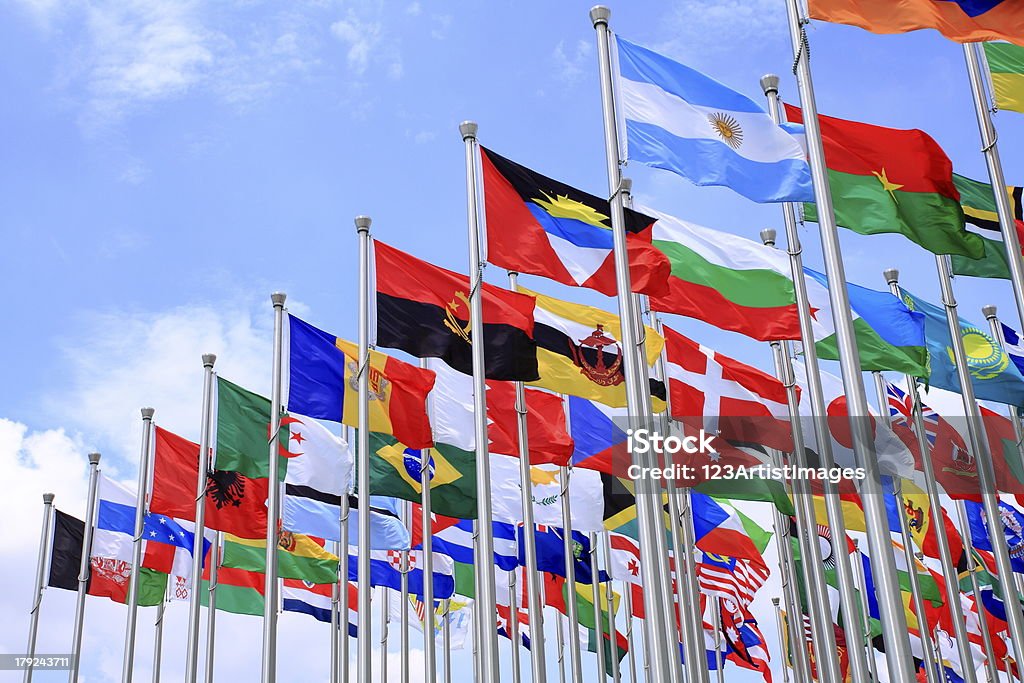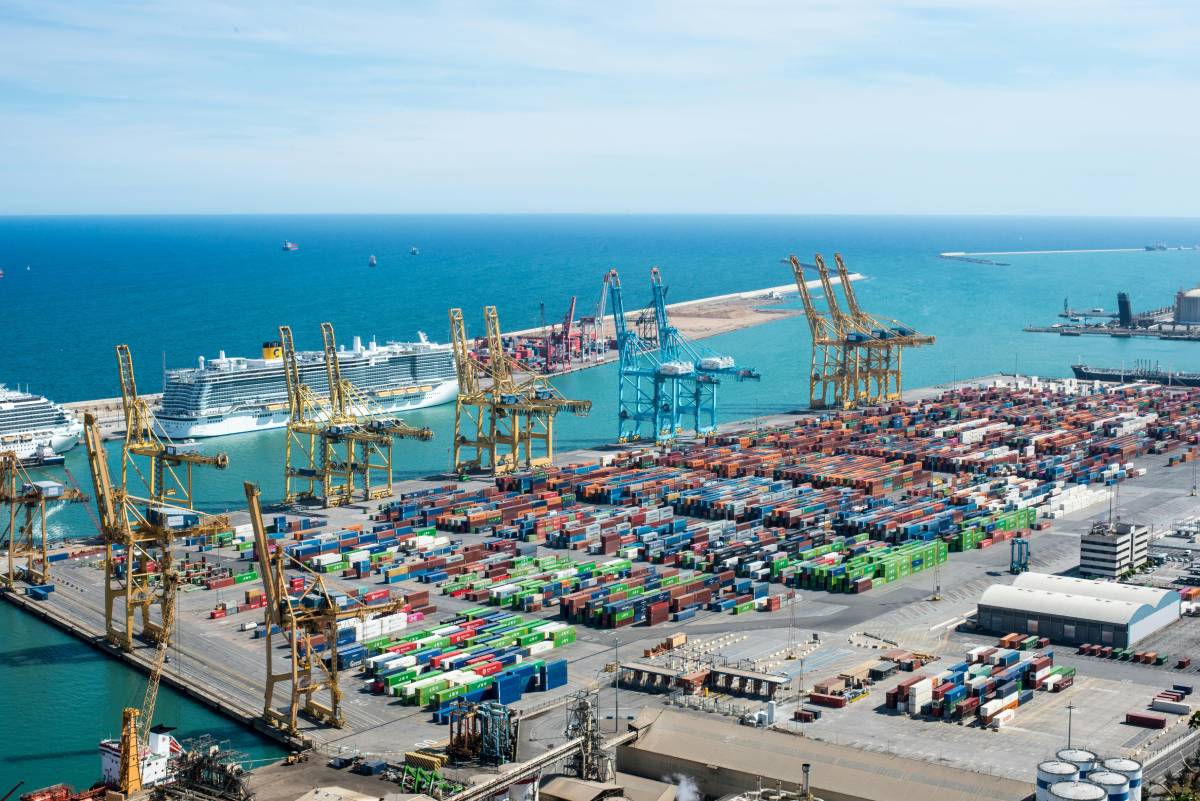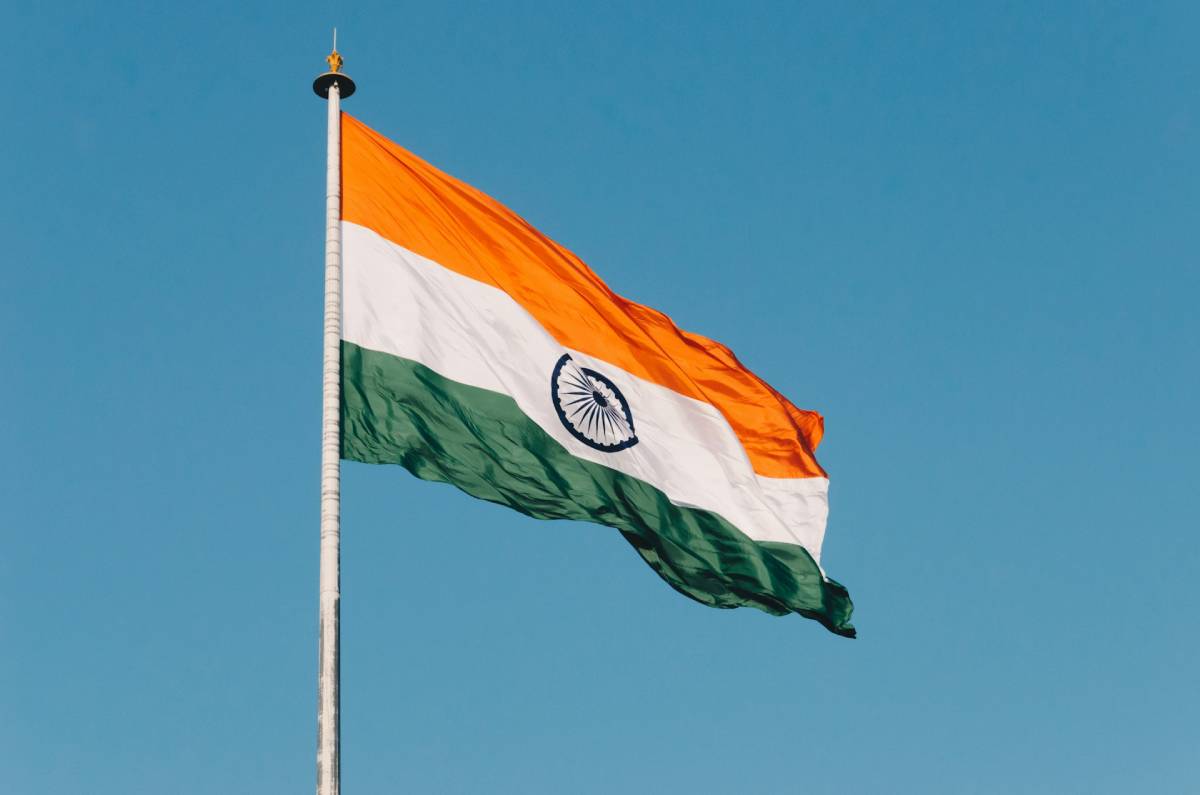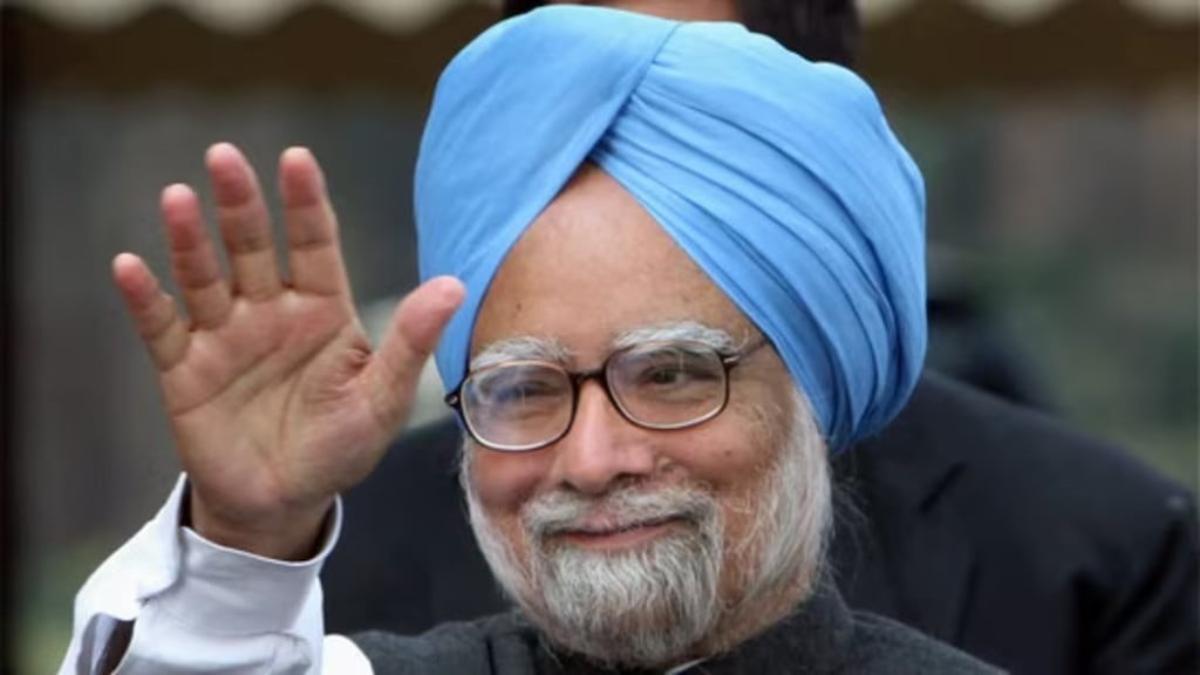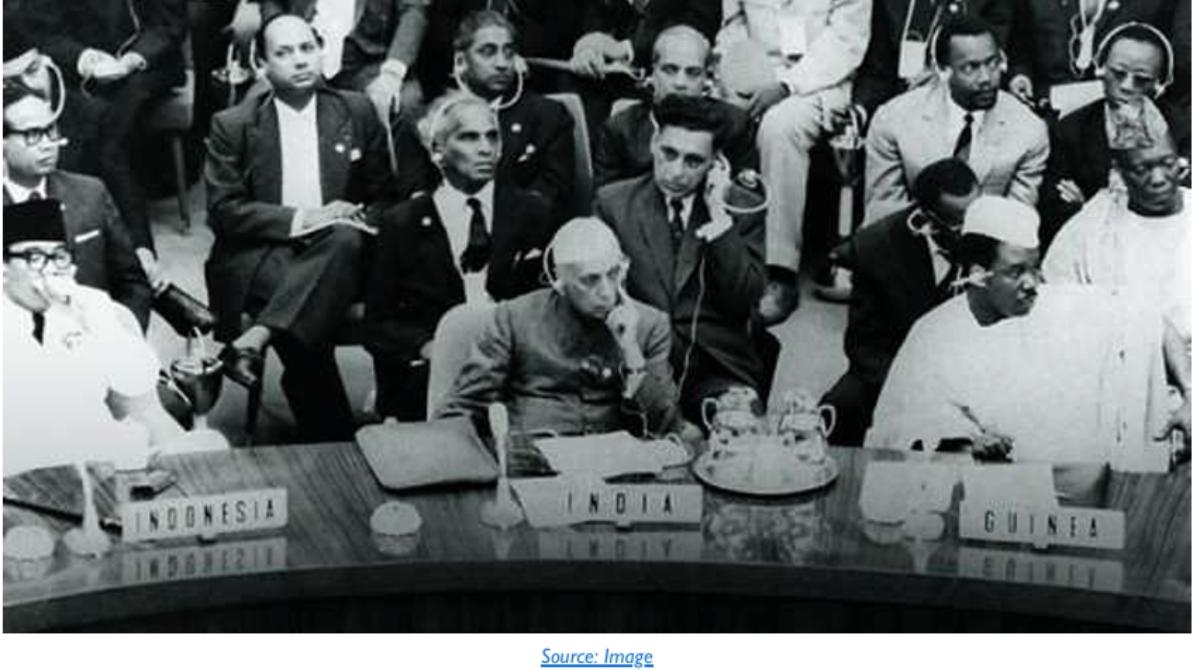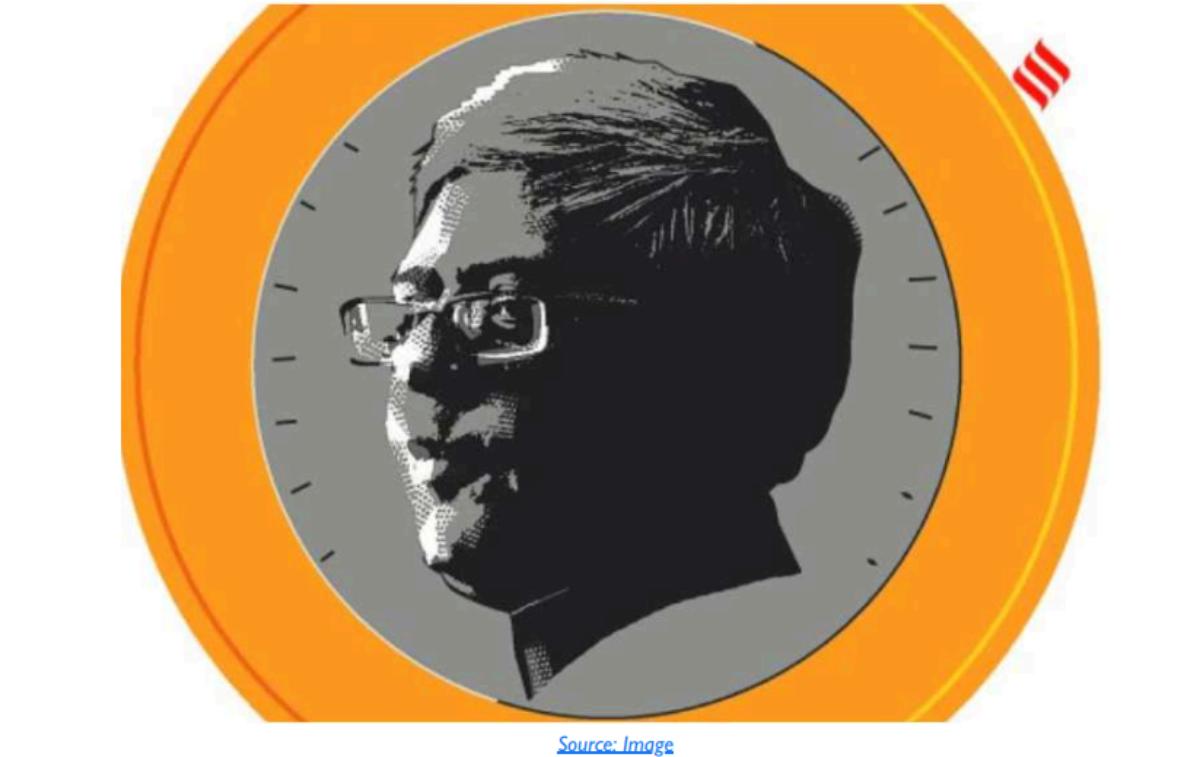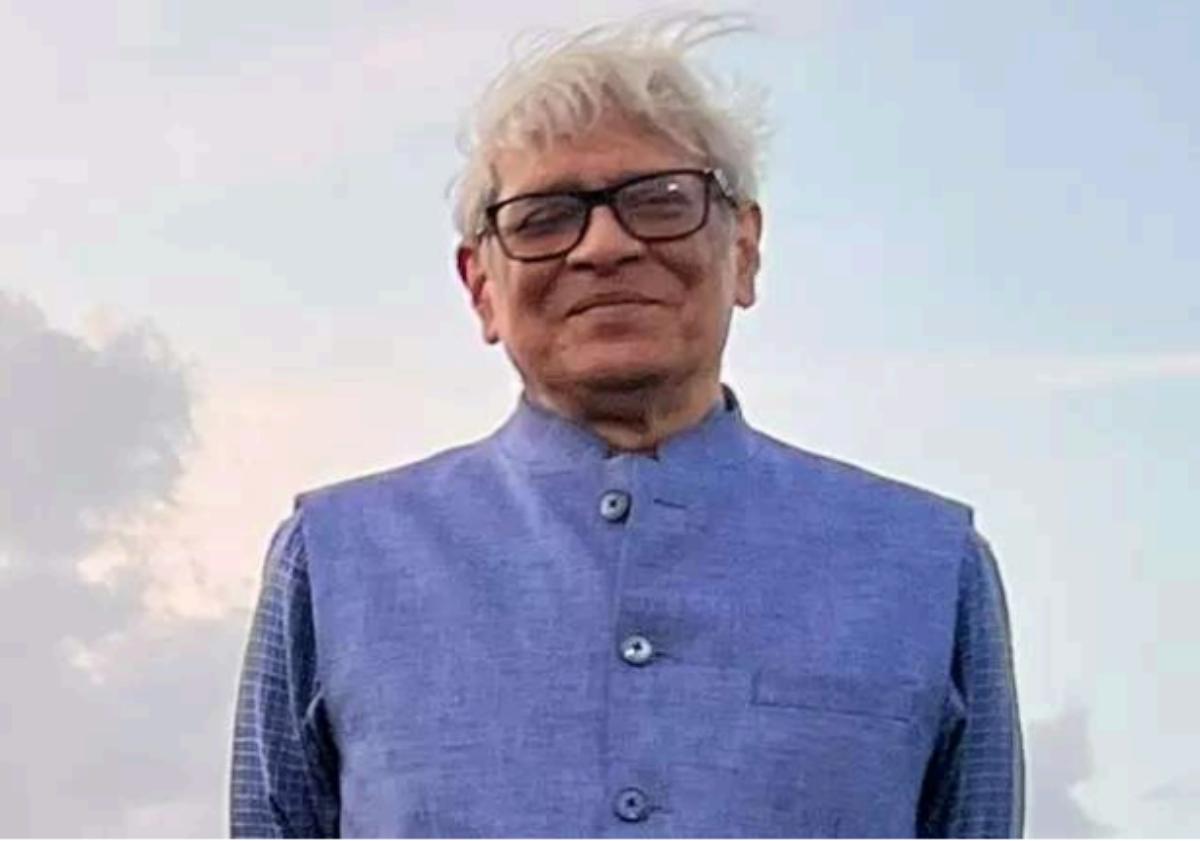Abstract
With populism spreading to many countries across the globe, the emergent discussion on the spreading arc of populism has become more nuanced. No longer is populism seen merely as an anti-elite, anti-establishment political approach aimed to appeal to ordinary people for electoral purposes; it has other dimensions, some having far reaching consequences. There is however no one pattern, and it is possible to discern various facets across countries. But the complexities and variations are unlikely to be appreciated, unless we first transit from the frame of description of events to an understanding of the ideological underpinnings of populism. This paper therefore attempts to do that. Then it provides a quick view of populism in Latin America, United States and Europe, highlighting its various facets, and in the process it attempts to develops a taxonomy of populism on the basis of its severity. Finally, some of the counter-responses to populism are examined along with their limitations. The article is deliberately quiet about the implications for India.
Introduction While much has been written on populism, a single piece that stitches together various perspectives is lacking. Another constraint is the absence of an analytical framework that not only posits how the different strands of populism emerge (such as ideology, socio-economic and political developments, and grassroots work of organizing parties), but also the role of state machinery, and how certain strands of populism can have long term deleterious impact on society. So, we trace the development of discourse surrounding populism. In the process, we would glimpse the facets of various strands of populism in Latin America, United States, and Europe.
As right-wing populism sweeps the world, it is important to understand both the dynamics as well the challenges. But why right-wing populism is dangerous to the world is best understood when it is juxtaposed with other shades of populism. It would also provide the backdrop against which other strands of populism can be juxtaposed, throwing in sharp relief the belief systems and practices of populists of various hues. The world view and practices of populists have a strong impact on society. Since right-wing populism is on the rise across the globe, a major concern would be to explore modalities by which the more egregious effects can be countered.
Early understanding of populism
The initial understanding of populism was that of a political approach whose objective was to appeal to ordinary people who felt that their concerns were disregarded by established elite groups. As historian Michael Kazin (1998) had put it, populism is “a language” that (irony of ironies) the often wealthy politicians who claim to speak for the subaltern use to organize them against elites who are describes as “self-serving and undemocratic”.
A typical example was to appeal to a broad cross-section of subaltern population on issues like inequity, rising employment, poverty and poor governance not because these cannot be redressed but because the ruling elite was simply not bothered. So, anti elitism and anti-establishment were the cardinal traits of the populist. While the populist did “establish” the linkage of deprivation and neglect of the masses with the elites and ruling establishment, the populist’s focus was more on the need to replace the regime rather than on the details, merits, and viability of alternative programmes. Actually, in most cases, the populist was rather vague even on the contours of policies and schemes that would bring about the desired changes.
Even in its most benign form, populism painted the elite as hopeless and untrustworthy, fit only to be replaced. This they did by portraying the ruling elites as not just as a class that favoured itself but being far removed from the lives of common people. Since the ruling elites were not connected, they didn’t understand, nor did they care. As an extension, the argument went, those who brought about the misfortune to the subaltern masses couldn’t be trusted anymore. But in this discourse on populism, it did not matter whether the populist was a rightist or leftist.
More nuanced approaches
The abandoned majority
A major shift in the discourse on populism was introduced by John B. Judis (2016) in his slim volume, The Populist Explosion. Judis offers a unified theory of populism to the present day, when stagnant wages, corporate desertions and widespread fear of being cast adrift in the global economy brought Bernie Sanders and Donald Trump together in their contempt for trade deals. But he is eager to distinguish the left-wing economic populism of Sanders with the right-wing cultural populism of Trump where he pits his “silent majority” (a term coined by Richard Nixon) who experience a “feeling of dispossession”, especially in times of great change, against the “good for nothing Democrats”.
Judis points out that this right-wing cultural populism is not unique to Trump; as is with the anti-elite Podemos Party of Spain which champions “the people” against the 1 per cent. The right-wing cultural populism becomes strident with Danish People’s Party’s anti-Muslim stance. A further difference according to Judis between the left-wing economic populism and right-wing cultural populism is that the latter accuse the elite of coddling an ever-shifting third group – immigrants, blacks, terrorists, welfare recipients or all of the above. This demagoguing of the scapegoat gives right-wing populism its current potency, especially in Europe, which is facing more severe economic, immigration and terrorism problems than the United States. But as we will see in a later section, quite often left-wing economic populism curdled into right-wing racist populism.
Rejection of Pluralism and the Emergence of Exclusivity
Published around the same time in 2016, it is Jan-Werner Müller’s What is Populism? that has taken the discourse on populism to a different level. First, while he acknowledges anti-elitism to be a dominant characteristic of populism, he is quick to point out that “not everyone who criticizes elites is automatically a populist. He adds two more salient characteristics to the definition of populism: anti-pluralism, and exclusivity. It is precisely these characteristics that make populism anti-liberal and anti-democratic—the permanent shadow of representative politics. Müller argues that at populism’s core is a rejection of pluralism. Populists will always claim that they and they alone represent the people and their true interests.
In Turkey, President Erdogan asked his critics, “We are the people. Who are you?” By so doing, populists can dismiss their opponents as being “enemies of the people”, a dangerously authoritarian ploy. According to Müller, such exclusivity which is at the heart of pluralism threatens the very basis of democracy.When populists claim that they and they alone represent “the real people” or “the silent majority”, they actually denounce all their contenders for power as fundamentally illegitimate. At stake is never just a disagreement about policy or even values, for that matter – which is of course completely normal (and, ideally, productive) in a democracy; rather, populists immediately personalize and mobilize political conflict: the others, they insist, are simply “corrupt” and “crooked”.
They allegedly do not work for “the people”, but only for themselves (i.e. the establishment), or multinational corporations, or the EU, or what have you). Less obvious is that populists insinuate that all citizens who do not share their conception of “the people” and hence, logically, do not support the populists, should have their status as belonging to the people put into doubt. So the crucial indicator of populism is the populists’ anti-pluralism. Put differently: populism inevitably involves a claim to a moral monopoly of representing the supposedly real people – and also inevitably results in exclusionary identity politics.
Colonization of Power
Further, Müller holds that the notion that populists in power are bound one way or the other – or that they will necessarily moderate – while it is comforting, is also an illusion. All failures of populists in government can still be blamed on elites working behind the scenes, whether at home or abroad. Here again we find the not so accidental connection between populism and conspiracy theories. Many populist victors continue to behave like victims; majorities act like mistreated minorities. Turkish President Erdogan would present himself as a plucky underdog; he’d forever be the street fighter from Istanbul’s tough neighborhood Kasimpasa, bravely confronting the old, Kemalist establishment of the Turkish republic – long after he had begun to concentrate all political, economic, and not least, cultural power in his own hands.
Such strategies to consolidate or even perpetuate power are not exclusive to populists, of course. What is special about populists is that they can undertake such state colonization openly: why, populists can ask indignantly, should the people not take possession of their state through their only rightful representatives? Why should those who conduct the genuine popular will in the name of civil service neutrality not be purged?
Populists also engage in the exchange of material and immaterial favors for mass support – what political scientists often call “mass clientelism”. Again such conduct is not exclusive to populists. What – once more – makes populists distinctive is that they can engage in such practices openly and with moral justifications: after all, for them, only some people are really the people and hence deserving of the support by what is rightfully their state. Without this thought it’s hard to understand how Erdogan could have politically survived all the revelations about his regime’s corruption, which had started to come out in 2013. Some populists have been lucky to have the resources to build up entire classes to support their regimes. Chavez benefited crucially from the oil boom. For regimes in Central and Eastern Europe, funds from the European Union have been equivalent oil for some Arab authoritarian states: governments can strategically employ the subsidies to buy support or at least keep citizens quiet. What’s more, they can form social strata that conform to their image of the “real” people – and that are deeply loyal to the regime. Erdogan continues to enjoy the unshakeable support of an Anatolian middle class that emerged with the economic boom under his AK Party and that also embodies the image of the ideal, devout Turk, as opposed to Westernized, secular elites, and as opposed to minorities such as the Kurds.
Democracy as a false narrative
Müller’s next argument paints a more worrisome picture. When populists have sufficiently large majorities in parliament, they try to build regimes that might still look like democracies, but are actually designed to perpetuate the power of the populists. To start with, populists colonize or “occupy” the state and refers to Hungary and Poland as recent examples. One of the first changes Obran and his party Fidesz sought after coming to power in 2010 was a transformation of the civil service law, so as to enable them to place loyalists in what should have been non-partisan bureaucratic positions.
Both Fidesz and Jaroslav Kaczynski’s Law and Justice Party (PiS) also immediately moved against the independence of courts. Media authorities were captured; the signal went out that journalists should not report in ways that violate the interests of the nation (which were equated with the interests of the governing party). Whoever criticized any of these measures was vilified as doing the bidding of the old elites, or as being outright traitors. Kaczynski spoke of “Poles of the worst sort” who supposedly have “treason in their genes”. The end result is that political parties create a state to their own political liking, and in their own political image: a PiS state and a Fidesz state.
Enfeebling Civil Society
There is one further element of populist statecraft – or what one might even call a populist art of governance – that is important to understand. Populists in power tend to be harsh (to say the least) with non-governmental organizations that criticize them. Again, harassing civil society is not a practice exclusive to populists. But for them opposition from within civil society creates a particular symbolic challenge: it potentially undermines their claim to exclusive moral representation. Hence it becomes crucial to argue (and supposedly “prove”) that civil society is not civil at all, and that what can seem like popular opposition on the streets has nothing to do with the real people. This explains why Putin, Obran and PiS in Poland have gone out of the way to try to discredit NGOs as being controlled by outside powers (and also legally declare them to be “foreign agents” – or tweet about them as “paid-up activists”, as Trump did when millions came out against his proposed “Muslim travel ban”.
Delegitimizing Protest
If nothing else, populists have used protest to prolong and deepen the culture wars on which all populists thrive: they point to a minority of protesters that is allegedly not part of the real people – in fact, the protesters are betraying the homeland, according to the populists – and reassure their own supporters that they are the real, righteous people. When they are unable to stop people from going out on the streets to protest, sophisticated populists then start incorporating protest into their own narratives to justify their exclusionary identity politics.
Populist as Representative of Popular Will
There’s another dimension to populists. Instead of claiming to show the direction in which the nation should move – as most politicians do – the populist, by contrast, will assume that he and only he knows the true voice of the people and that there is only one direction in which to go. This is not offering the people different visions of different principles on the basis of which they might live together in the future; rather, it is pretending that the people have always already spoken and that the populist is actually just following their lead.
Shrinking Space for Public Debate
If erosion of justice is a central feature of the darker side of populism, the significance of public debate comes centre stage. But according to political theorist Hannah Arendt, totalitarianism seeks to diminish public debate by making it a criminal act to criticize the regime. Throughout her writings Arendt defended the importance of public debate and what could happen in its absence: the substitution of a fabricated reality based on a leader’s vision, accepted by seemingly well-intentioned citizens.
Without public debate, the ruling regime is free to construct a false narrative about “reality,” perpetuate that narrative, and maintain power because there is nothing to compete with it. Sharing our perspectives with others is done in the public space, which must be preserved if democratic politics is to remain a viable possibility. This public space was destroyed under totalitarian regimes in the twentieth century.
The Rising Arc of Populism
For our purposes, it might be useful to narrate the populist experiences bringing out the various facets in a stratified manner. Going by levels of severity, four categories may be identified. For purpose of easy identification, we shall label them ranging from Populism 1.0 to Populism 4.0
Populism 1.0
In its most elementary form – anti-elitism and anti-establishment; but where anti pluralism, exclusivity and illiberalism are largely missing – we have the case of Bolivia under Evo Morales who served as President from 2006 until recently when he fled to Mexico on November 12, 2019 as hundreds of thousands of protesters hit the streets on revelations that he had tried to “steal” his country’s presidential elections. But in 2006, Morales made history as Bolivia’s first indigenous President. The country’s voters, fed up with chronic inequality and a political elite almost entirely of European descent, opted instead for a farmer and union leader who looked and sounded like the country’s majority.
Morales rewarded their confidence with a remarkable accomplishment: he used a global commodities boom to boost economic growth and used the gains to narrow Bolivia’s gap between rich and poor, in part by nationalizing some energy companies and directing revenue from gas, metals and soybean meal to social-welfare programs and regional authorities. These programs helped Morales win re-election twice. Earlier, Venezuela under the early rule of Chavez would come to mind as another example in this category.
Populism 2.0
In the second basket would fall many nations of Europe. The context has been a faltering economy, stagnant wages, rise in unemployment and immigration, though Michael Broning (2016) attributed “two core issues (that) lie at the root of today’s rising populism: challenge of migration and the lingering euro crisis.” This has made many left of centre and centrist parties move slightly to the right in order to respond to the electorate’s frustration, with Broning noting “European electorates refuse to authorize any further transfer of sovereignty to Brussels… The European Union’s compromise machine is perceived as an institutionalized grand coalition between the centre-left and the centre right that routinely ignores opposing voices.”
The responses have been varied. United Kingdom voted Brexit; while Chancellor Angela Merkel has shifted her conservative Christian Democratic Union to the left: her welcoming stance on refugees, abolishment of compulsory military drafting, forgoing nuclear energy altogether, and introducing new rules on German citizenship, allowing children of non-German parents to keep two passports. All these constitute a comprehensive reinvention of German conservatives. But the rise of the far-right Alternative for Germany (AFD) has been on the opposition to the very four policy interventions of Chancellor Merkel: reversal of double citizenship, a lifetime extension of nuclear power plants, reintroduction of military draft, and end to a welcoming approach towards refugees.
On the other hand, France under Macron, has exhibited the not unusual tendency to turn towards far right on some key emotive issues. During his 2017 presidential campaign, Macron had heaped praise on Chancellor Angela Merkel for the open door policy of taking in over a million refugees, saying it had “saved our collective dignity”. But less than two years later in September 2019, as he enters the second lap of his five-year presidency, Macron ratcheted up his rhetoric on immigration, warning that France must not be too “attractive” for illegal migrants and “cannot host everyone”.
The story of French populism wouldn’t be complete until reference is made to another emotive aspect that has been targeted by far-right populist leader, Le Pen of National Front. While the old European right has been generally anti-Semitic, but with rising attack by Muslims on Jews especially in Belgium and France, anti-immigrant populists have redefined Jews as exemplary victims of Islam. Roger Brubaker reports that while addressing French Jews in a 2014 interview, Le Pen argued that her party was “without doubt the best shield to protect you against the one true enemy, Islamic fundamentalism.”
In contrast, Austria’s case is an interesting case of centrist party’s innovative populist response to the rise of far-right populist party. As Austria’s October 2017 elections approached, polls indicated that the populist far-right Freedom Party of Austria (FPO) was on track of becoming the country’s strongest political force. The centre-right Austrian People Party (OVP) under the then 31-year-old Sebastian Kurz changed tack and “embraced the anti-immigration, anti-Islam, and tough law and order stance of FPO in the run-up to the elections… Kurz’s “populism lite” not only helped him gain voters who previously cast their ballot for FPO as well as for two other far-right, populist parties, but also managed to attract votes from Green Party supporters, (and several others)”. (Gady: 2018).
Populism 3.0
The third face of populism is more aggressive. This is in line with what has been discussed under the earlier caption of Rejection of Pluralism and the emergence of Exclusivity. In What is Populism? Müller refers to Farage who had claimed, during the night of the fateful referendum, that Brexit had been a “victory for real people,” by which he implied that the 48 per cent who voted to stay in the EU might not be quite real – which is to say: not part of the real British people at all. Or think of Trump announcing at a campaign rally: “The most important thing is the unification of the people – because the other people don’t mean anything.” In other words, the populist decides who the real people are, and whoever does not want to be unified on the populist’s terms is completely and utterly excluded – even if they happen to have a British or an American passport.
Populism 4.0
The fourth type of populism is cultural populism, coming in the garb of culture and an inverted definition of secularism, but there is nothing benign in this approach. Actually, it is quite sinister. The illiberal and exclusionary strands operate under the rubric of majoritarianism that excludes a “particular other” while embracing certain others. Once again, northern and western Europe come to mind. When the French or Dutch populist invokes Christian identity, it has less to do with religiosity and more to do with civilizational aspects. But two apparently dichotomous strands run parallel. Western civilization is projected as secular which de-stresses differences of gender, religion, ethnicity, and life style – but so long it is seen within the larger rubric of western civilization. Now, this is where Huntington’s clash of civilization comes into play: the roots lie Christianity. Throughout northern and western Europe, anti-immigrant populists have positioned themselves as defenders of a Judeo-Christian European civilization rather than their own national cultures. Though few Christians in Europe go to church other than for occasions related to “hatched, matched and dispatched”, Le Penn has emphasized the ”Christian roots” of France, and in Austria, Hofer included the words “so help me God” on his campaign posters (Brubaker: 2017).
How do the above contradictions of secularism and stress on Christianity play out? For the cultural pluralist, that’s no issue, as “both derive from a preoccupation of Islam… it targets the symbols, arguments and practices of Muslims. In France for instance, secularism has been used to justify bans on pork-free menu options in public schools, the ritual slaughter of animals without prior stunning, and the provision of halal food in public institutions. Populist secularism has also informed the passing of restrictions on Muslim women’s clothing, including the bans on burkinis introduced by some French localities in 2016 and those on full-face veils enacted in Austria, Belgium, and France. ”
In short, such populists use the secularism flag in order to “push Islam out of public sphere while delegitimizing Christian arguments for compassion toward migrants and refugees”. There is always a method to a crowd gathering and singing loudly the national song of France – along with the national flag – to drown out the Muslims who gather at precise hours to offer prayers on streets. It is but one step short of demonizing Islam. The irony is that secularism, long an ideology of the left, is now being claimed by the right. Now, the deeply illiberal populist right proclaims its liberalism and commitment to philo Semitism, gender equality, and gay rights, though the older far right in Europe has been anti-Semitic.
Responses to Populism and Their Limitations
While the populace will protest, there are limits. And even when protests are long and hard, the effectiveness is doubtful. In Twitter and Tear Gas: The Power and Fragility of Networked Protest, Zeynep Tufekci offers some unique insights. Tufekci, a faculty at North Carolina and who has been a participant observer in many protest movement feels that while it is easy to organize protests today by using information technology, sustaining them is the difficult part. There are some very important reasons for this. Governments and politicians are moving from censorship, no easy task on social media, to attention-grabbing and misinformation. “Just as attention is under-appreciated as a resource for social movements, distractions and ignorance are under-appreciated as methods of repression through denial of attention,” she writes. Sowing cynicism is a powerful tool against protest.
Even as the established political order gets more more sophisticated in sowing and confusion, and has also the resources to tire out the protesters, the latter operate under some internal constraints. The first is the inability of participating members to sustain themselves during crunch time. This has to do with the lack of training, organizing and boot camp work that grassroots political party workers gain over years of doing party work. That experience helps workers acquire skills; others face problems whem they come across obstacles that require skills they do not possess, exactly when stakes are highest. The inability to sustain these protest movements isthus due to lack of tactical inaqequacy.
Having arisen so suddenly and grown so quickly, they hit their first curve requiring agile tactical shifts at great speeds, with little or no prior experience in collective decision making and little resilience. This is what Tufekci calls “tactical freeze”, the inability of these movements to adjust tactics, negotiate demands, and push for tangible policy changes. This is something that grows out of the leaderless nature of these movements and the way digital technologies strengthen their abilities to form without much advance planning, dealing with issues only as they come up, and by people who show up (“adhocracy”).
The government too has also become wiser in the use of information technology to sap, if not defeat, the movement. She says, whereas a social movement has to persuade people to act, a government or a powerful group defending the status quo only has to create enough confusion to paralyze people into inaction. Then of course, the government has the resources to mobilizing armies of supporters or paid employees who muddy the online waters with misinformation, information glut, doubt, confusion, harassment, and distraction, making it hard for ordinary people to navigate the networked public sphere, and sort facts from fiction, truth from hoaxes.
There therefore seems little choice but for various stakeholders to coalesce in an organizational form that allows for collective action. The track record in this matter indicates both success as well ineffectiveness.
References
Antonini, David (2018): Hannah Arendt’s Political Thought https://1000wordphilosophy.com/2018/08/17/hannah-arendts-political-thought/
Broning, Michael (2016): “The Rise of Populism in Europe”, SNAPSHOT, June 3
Brubaker, Rogers (2017): “The New Language of European Populism”, SNAPSHOT, December 6
Davies, Ben (2018): John Rawls’ ‘A Theory of Justice’. https://1000wordphilosophy.com/2018/07/27/john-rawls-a-theory-of-justice/ “France mustn’t be too ‘attractive’ warns Emmanuel Macron as he toughens immigration stance”, The Telegraph, 25 Sep 2019 https://www.telegraph.co.uk/news/2019/09/25/france-mustnt-attractive-warns-emmanuel macron-toughens-immigration/ Gady,
Franz-Stefan (2018): “How Austria Found the Answer to Right-Wing Populism?”, SNAPSHOT, September 11 Judis,
John B (2016): The Populist Explosion: How the Great Recession Transformed American and European Politics. Columbia Global Reports
Kazin, Michael (1998): The Populist Persuasion: An American History. Revised edition: Cornell University Press Müller,
Jan-Werner (2016): What is Populism? University of Pennsylvania Press
Tufekci, Zeynep (2017): Twitter and Tear Gas: The Power and Fragility of Networked Protest. Yale University Pres

